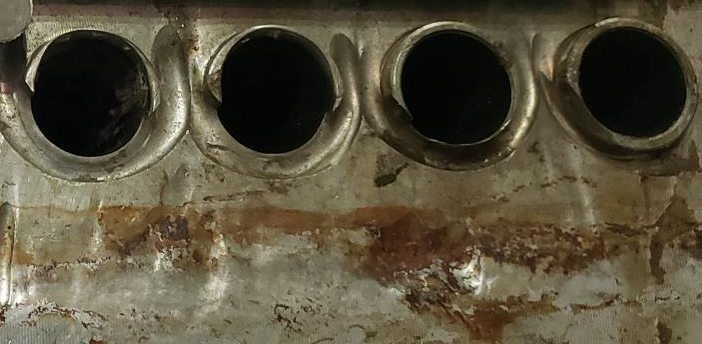#6 – Tubesheet Erosion…
“Wear and Tear” may not spring to mind when you think of static pressure equipment such as heat exchangers, but we promise you it’s a fact of life in many facilities. Processes in the petrochem & refining world are exposed to many different modes of wear and tear. We discussed corrosion in a past article. Today we will touch on erosion.
Heat exchangers are different from most other pieces of static pressure equipment (pressure vessels, tanks, etc.), in that they depend on flow rates of the fluids on both the shell side and tube side of the unit to achieve their goal of heat transfer. In short, you’ve got fluids running at one flow rate on the inside of tubes and another fluid running at another rate on the outside of the tubes.
Depending on many factors, those flowing fluids can generate erosion of the surfaces they are flowing through or around. High Reynolds number flow rates through tubes are great for creating the turbulence needed to affect good heat transfer, but too much velocity can quickly lead to erosion.
Slurries, or fluids that carry solid particles are also a common cause of erosion. In the photo shown, the erosion under the tubes was caused over time by river water used for cooling of the shell-side fluid. The river water was filtered, but still contained sediment and, combined with the exact flow conditions and tube projection geometry on the tube side of this unit, created a swirl upon exit of these tubes that created ¼” deep grooves in the tubesheet!
Proper design and maintenance of your heat exchanger can ensure long life. However, it’s important to consider that equipment in some services simply will not last as long as the same piece of equipment in another service. Material selection, thermal design, tubesheet joint design and potentially ceramic/epoxy coatings can be utilized to extend the life of equipment in severe services.







